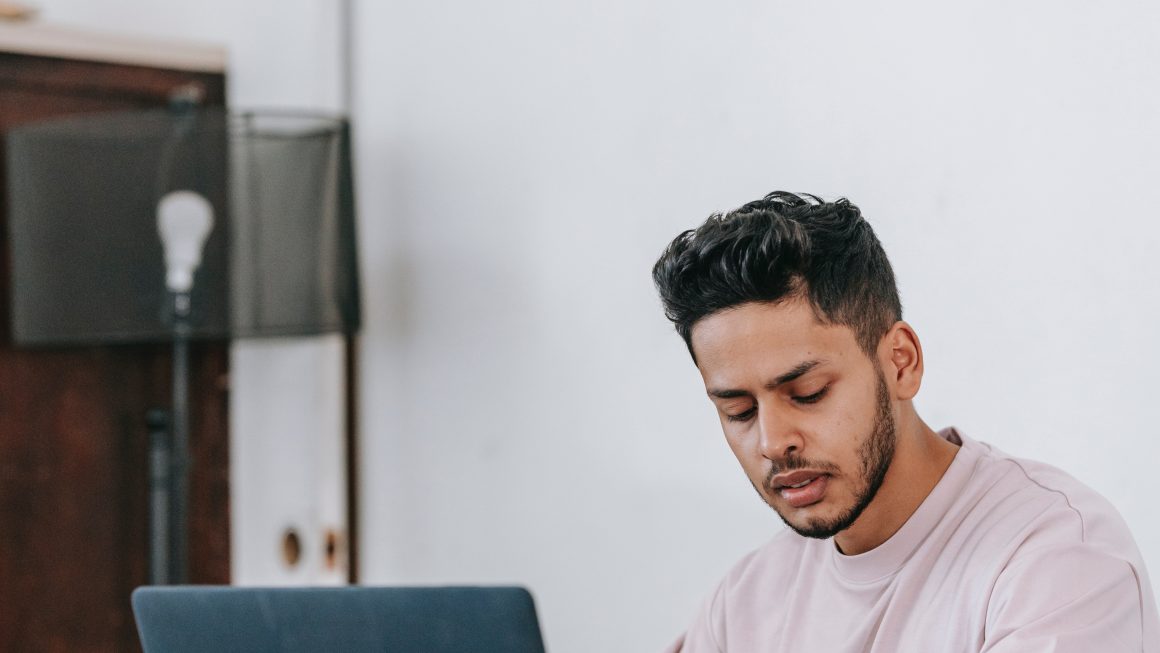Instagram Stories have become a powerful tool for creativity and expression. One popular feature users are always eager to master is layering pictures—placing one picture on top of another. Whether it’s for aesthetic design, storytelling, or showcasing multiple memories at once, learning how to put a picture on top of another picture in your Instagram Story can significantly enhance the quality and visual appeal of your content.
This step-by-step guide explains how to do just that, using built-in Instagram features as well as a few helpful techniques most users overlook.
Using Instagram’s Built-In Features
Instagram doesn’t offer a direct “layer image” tool in its Story interface, but with a few clever workarounds, anyone can achieve a layered look. Here’s how it can be done:
- Open Instagram and start a Story: Tap on your profile picture with the ‘+’ icon or swipe right from your home screen to open the Story camera.
- Select your background image: Choose the image you want to use as the background layer. This could be a photo from your gallery or a picture taken on the spot.
- Use the Sticker Tool: Tap on the sticker icon (a square smiley face) at the top of the screen. Scroll down and tap on the “Photos” sticker option. If you don’t see this right away, users may need to enable photo access or tap on the search bar and type in “Photos.”
- Add your top image: After tapping the “Photos” sticker, choose the picture you want to place on top. This image will appear on your Story canvas and can be moved, resized, and rotated with pinch and drag gestures.
- Arrange and finalize: Once your top image is in position, you can add more pictures or finish your Story with text, music, or GIF elements.

Alternative Method Using Copy and Paste
If you want more control or can’t find the “Photos” sticker, there’s another trick using your phone’s copy and paste feature:
- Open your phone’s photo gallery: Choose the second image—the one to put on top—and tap “Share” or “Copy” depending on your phone model.
- Return to Instagram: Reopen your draft Story or start a new one with your background image.
- Paste the copied picture: Tap and hold on the Story screen until the “Paste” option appears. Tap it, and the copied image will be added to your Story. Resize and position it as needed.
This method gives users more freedom to choose and layer multiple images without relying solely on Instagram’s stickers.
Image not found in postmeta
Bonus Tips for a Professional Look
- Use transparent PNGs: Uploading images with transparent backgrounds can create a clean overlay and add visual depth to your Story.
- Incorporate design apps: Apps like Canva, Over, or PicsArt allow users to prepare layered visuals and then upload them directly to Stories.
- Play with blending: Use Instagram filters and drawing tools to blend the two images creatively or add shadows and borders for emphasis.

These simple tricks allow anyone to bring their ideas to life by layering images on their Stories. Whether you’re a casual user or a content creator, mastering this feature adds a dynamic edge to your social media storytelling.
FAQ
- Q: Can I layer more than one image on top of a background?
A: Yes, using the “Photos” sticker or the copy-and-paste method, you can add multiple images to the same Instagram Story. - Q: Why don’t I see the “Photos” sticker in Instagram Stories?
A: Ensure your Instagram app has permission to access your photos. Update the app if it’s not showing, as newer versions often include added features. - Q: Can I use GIFs and text along with layered photos?
A: Absolutely. Once you’ve added your layered images, you can also include text, GIFs, music, and effects to personalize your Story further. - Q: Is it possible to layer videos the same way?
A: You can place still images over videos, but Instagram doesn’t support video-on-video layering within Stories directly. Use external editing apps for more advanced layering. - Q: Will the image quality decrease when adding multiple pictures?
A: Typically, Instagram compresses uploads, but using high-quality images and avoiding excessive resizing helps maintain clarity.




